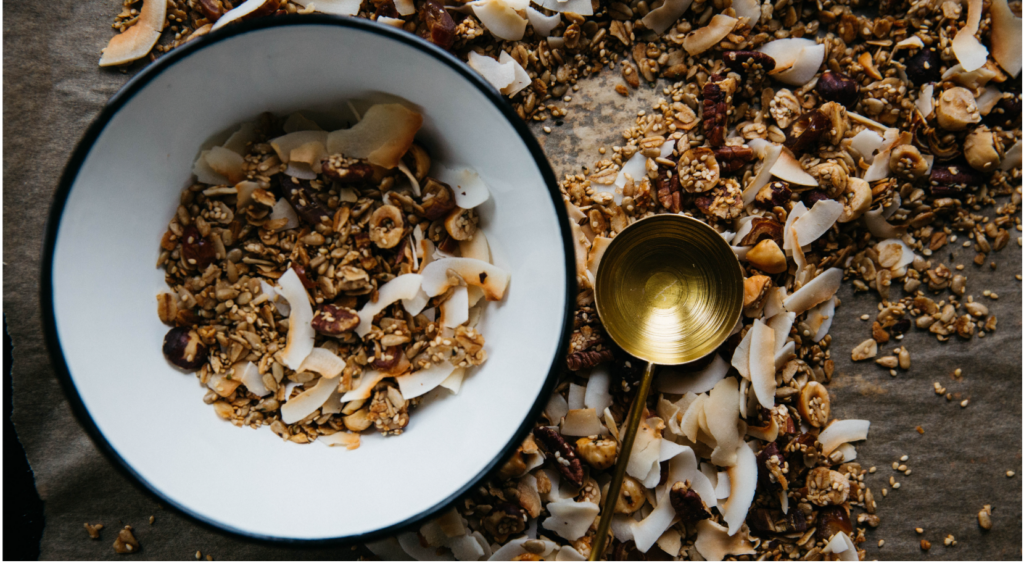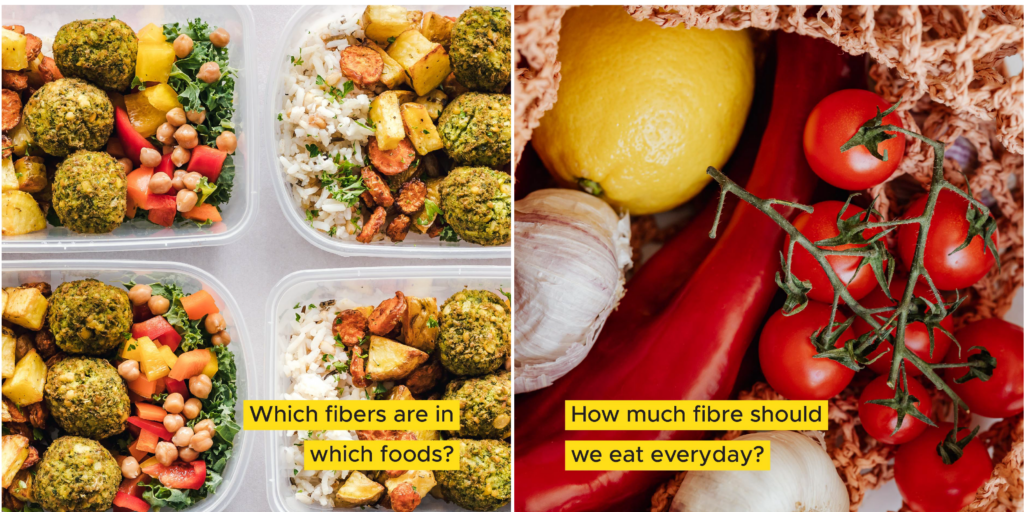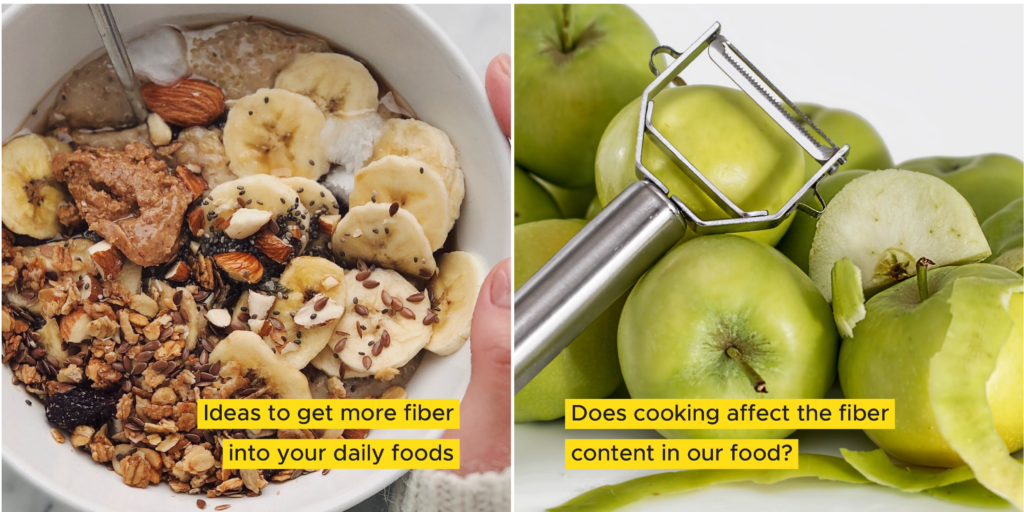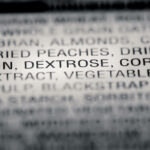FIBER: AN UNSUNG HERO, OUR GUT BACTERIA LOVES!
Fiber: An unsung hero, our gut bacteria loves!
- Published:
- Category: Blog, Food Bulletin Newsletter
- Tags: Fiber, Legumes, Nuts & Seeds, Whole Grains

Having adequate dietary fiber contributes to build a healthy gut microbial population by deterring the growth of nasty gut bacterial pathogens. The short chain fatty acid produced by these good gut microbes in turn has anti-inflammatory and anti-carcinogenic properties.
There are 2 main kinds of fiber; Soluble and Insoluble Fiber.
Soluble fiber dissolves in water to form a gel that helps digestion and regulate the blood sugar level. In addition, some types of soluble fibers like ?-glucan (found in oats and barley) have been strongly linked to lowering cholesterol – especially LDL – and blood pressure.
Insoluble fiber attracts water and helps the transit of bulk through the lower gut, promoting the fecal excretion of carcinogens like nitrosamines. Reducing the transit time also reduces exposure of gut mucosa to these carcinogens, reducing risk of colorectal cancer.
Consumption of food rich in dietary fiber is absolutely necessary for wellness. Unfortunately, this is often lacking in most diets. Legumes, nuts, wholegrains, fruits and vegetables as well as non-starchy vegetables are great sources of fiber. Might seem obvious, but it may be important to clarify that meats and dairy products don’t contain any fiber.

|

|






